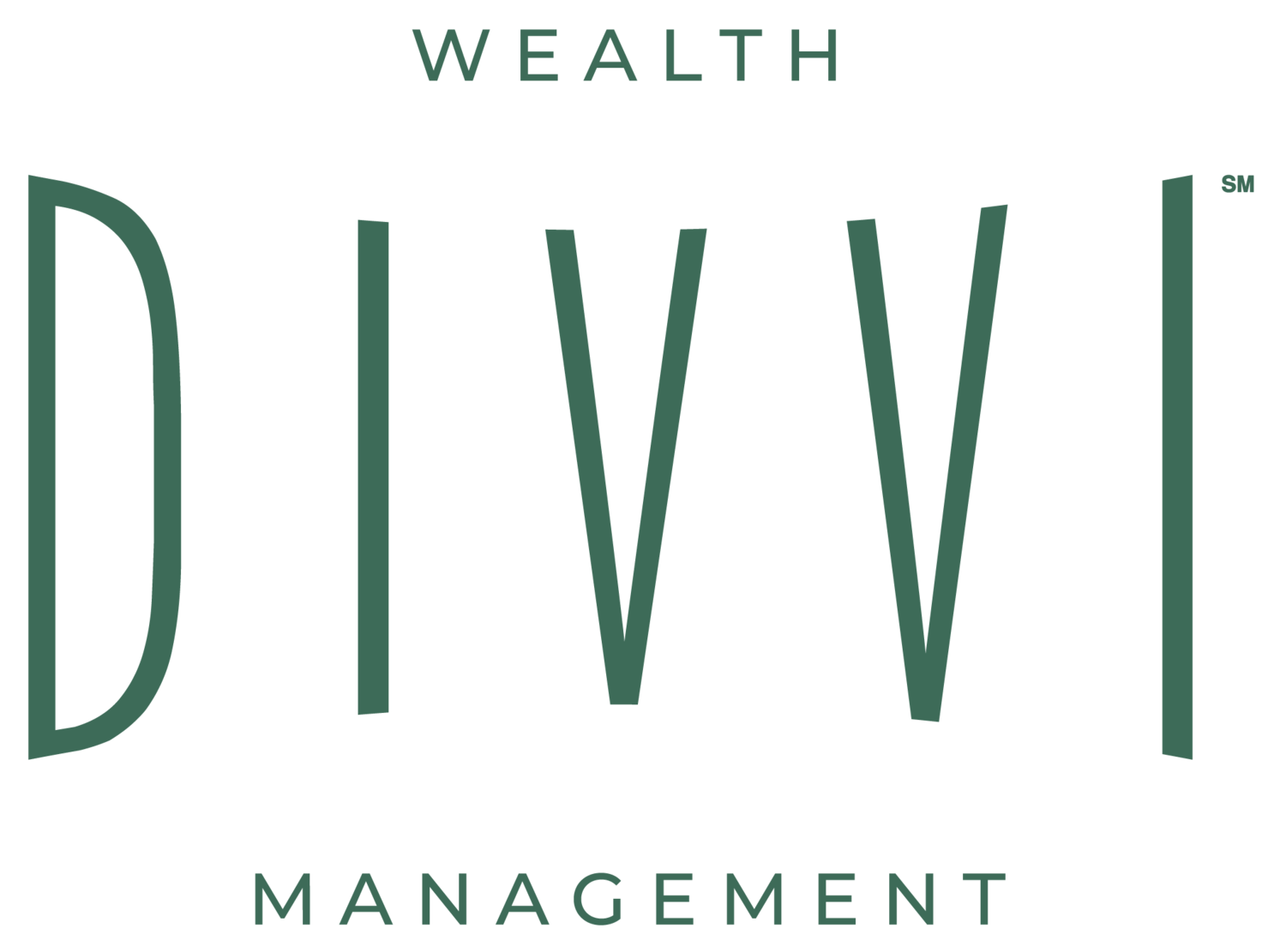The Good, The Bad, and The Ugly: Interest Rates Edition
Let’s begin with the Bad.
From a financial perspective, 2022 has had its fair share of bad.
Rising interest rates have caused pain in both stock and bond markets this year. The S&P is down over 15%. Small cap stocks in the U.S. are off a little more than that, as are international stocks. Bonds are down as well.
The typical building blocks of most investment portfolios have fallen in tandem. We have discussed this year’s bear market more broadly in previous posts here, here and here, so we won’t dwell on the topic here.
On to the Ugly.
Borrowing money is ugly, at least when looking at the differences in payments compared to the recent past.
The average 30-year fixed rate mortgage in the U.S. is now 7.08%, up from 2.98% a year ago. Borrowing rates have not been this high in over 20 years.
Many home buyers look at affordability of monthly payments rather than absolute rates or home prices. The chart below shows differences in monthly payments compared to one year ago and five years ago. It’s ugly.
Buying a $500,000 home today, assuming 80% of the purchase price is borrowed at the national average mortgage rate, costs a full $1,000 per month more than it did a year ago. And that’s before taxes and insurance are included.
Mortgage rates are just one obvious example of higher borrowing costs. Individual and corporate borrowers everywhere will be paying higher rates for the foreseeable future.
Finally, the Good.
Higher rates mean more income for savers and lenders.
Making a short-term loan to a bank (i.e. buying a CD) or the U.S. government (i.e. buying a Treasury bill or note) a year ago implied return OF principal was all that mattered. Return ON principal didn’t exist, not in a material way.
Not today.
Idle cash can earn attractive yields, without sacrificing the safety. Bank certificates of deposit, backed by FDIC insurance, and U.S. Treasury securities, backed by the full faith and credit of the U.S. government, are still considered some of the safest loans around.
A $100,000 loan to the U.S. government for one year currently earns the lender about $4,600 per year in interest.
That same loan a year ago would have paid a whopping $180.
Again, low interest rates from recent past have either:
encouraged investors to take more risk to earn return ON principal, or
forced investors to accept little or no yield when prioritizing return OF principal
The environment today is different. Savers can finally earn a return on their principal without wondering whether they will be paid back.
Keep in mind, these investments won’t do much to protect purchasing power if inflation remains elevated. But to the extent short-term investments align with an individual’s financial goals and risk tolerance, it may be a great time to revisit those opportunities.
Interested? Please feel free to reach out to me at eric@divviwealth.com or set up time with the Divvi team to see how we can help.
Opinions expressed herein are solely those of Divvi Wealth Management and our editorial staff. The information contained in this material has been derived from sources believed to be reliable but is not guaranteed as to accuracy and completeness and does not purport to be a complete analysis of the materials discussed. All information and ideas should be discussed in detail with your individual adviser prior to implementation.
